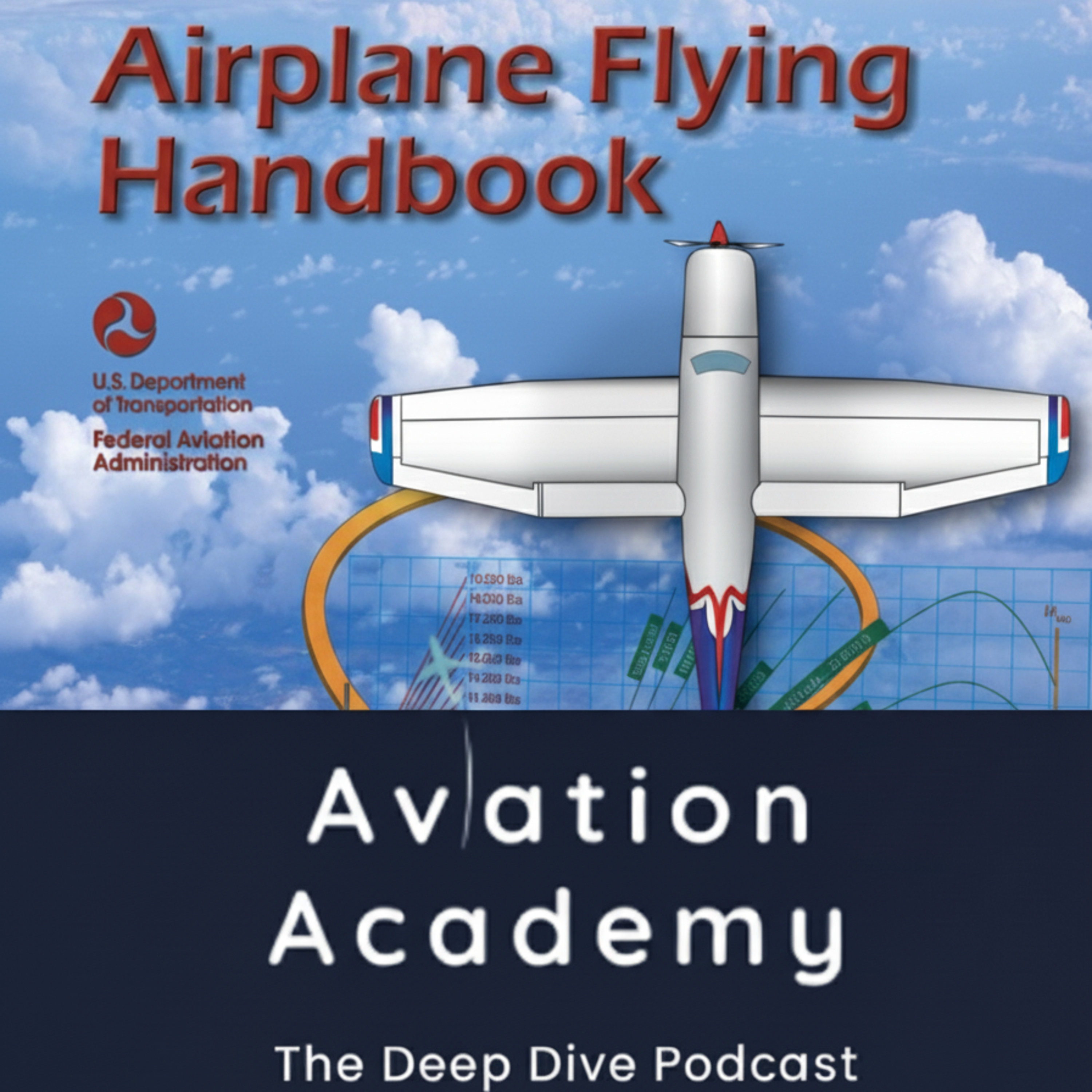Chapter 9: Approaches and Landings
- Author
- Nathan Genereux
- Published
- Mon 01 Sep 2025
- Episode Link
- https://podcasters.spotify.com/pod/show/aviationacademy/episodes/Chapter-9-Approaches-and-Landings-e37ib8a
Aviation Academy continues with Chapter 9 of the Airplane Flying Handbook (FAA-H-8083-3C), focusing on one of the most challenging and rewarding parts of flying: approaches and landings. While takeoffs may be optional, landings are mandatory—and this chapter dives deep into the techniques, decision-making, and discipline required to return safely to the runway.
In this episode, we explore the different types of landings, including normal, crosswind, short-field, and soft/rough-field procedures. You’ll learn how to judge glide paths, use visual references, and manage airspeed during the descent to touchdown. We’ll also break down common pilot errors such as flaring too high, improper crosswind correction, or over-controlling during rollout, and discuss strategies for avoiding them.
We highlight the importance of stabilized approaches, go-around decision-making, and energy management in the landing phase. Special emphasis is placed on environmental factors like wind shear, turbulence, density altitude, and runway surface conditions, which can quickly turn a routine landing into a challenge.
By the end of this episode, you’ll understand why consistent practice and precise technique are key to mastering landings. Whether you’re preparing for your first solo, your checkride, or just looking to polish your skills, this chapter reinforces that good landings don’t just happen—they are the result of preparation, awareness, and sound piloting judgment.
